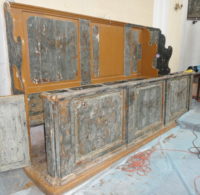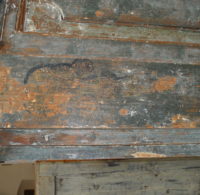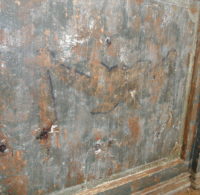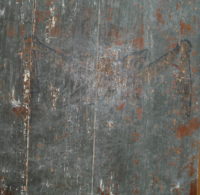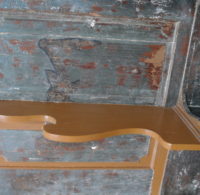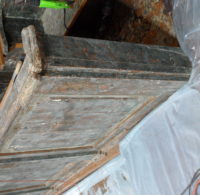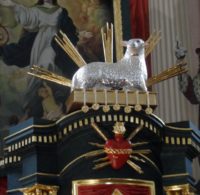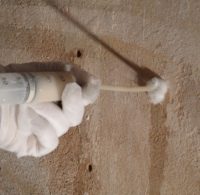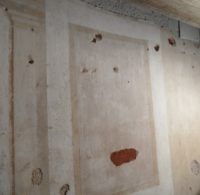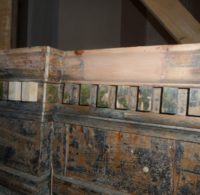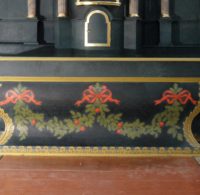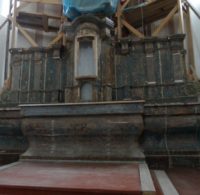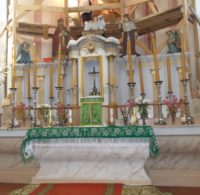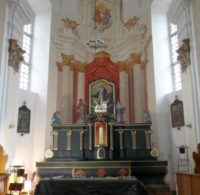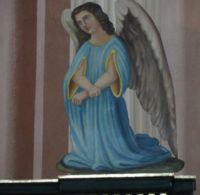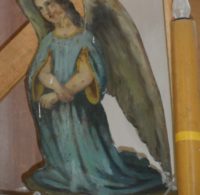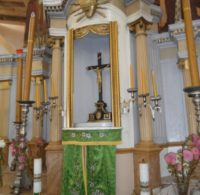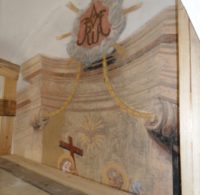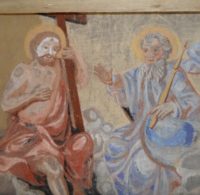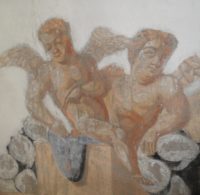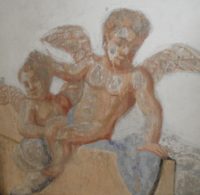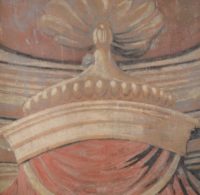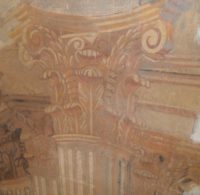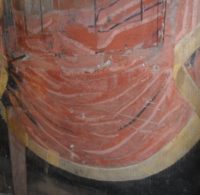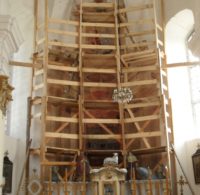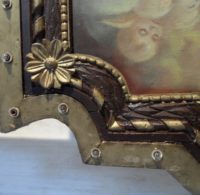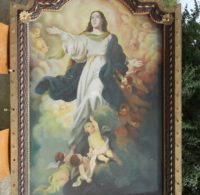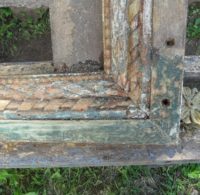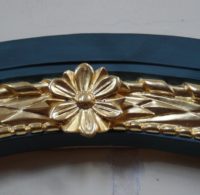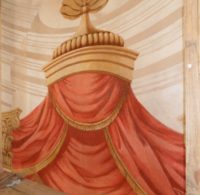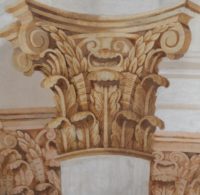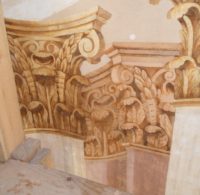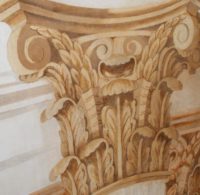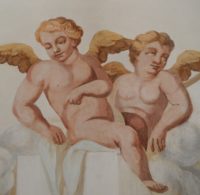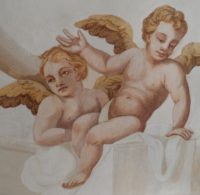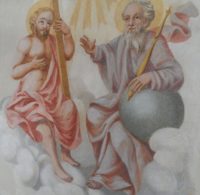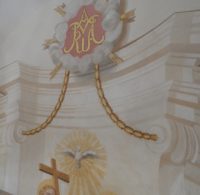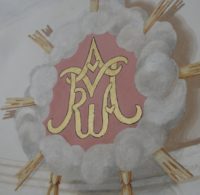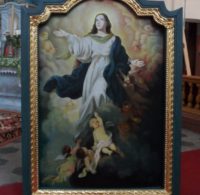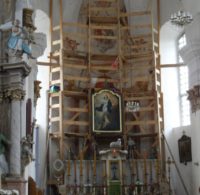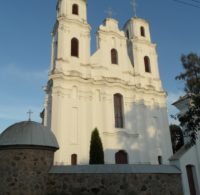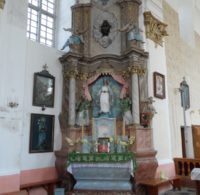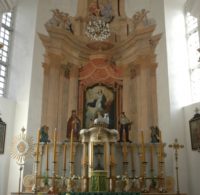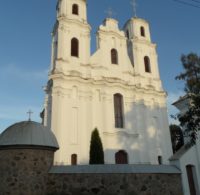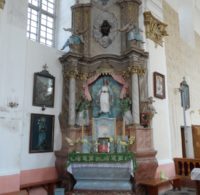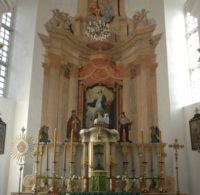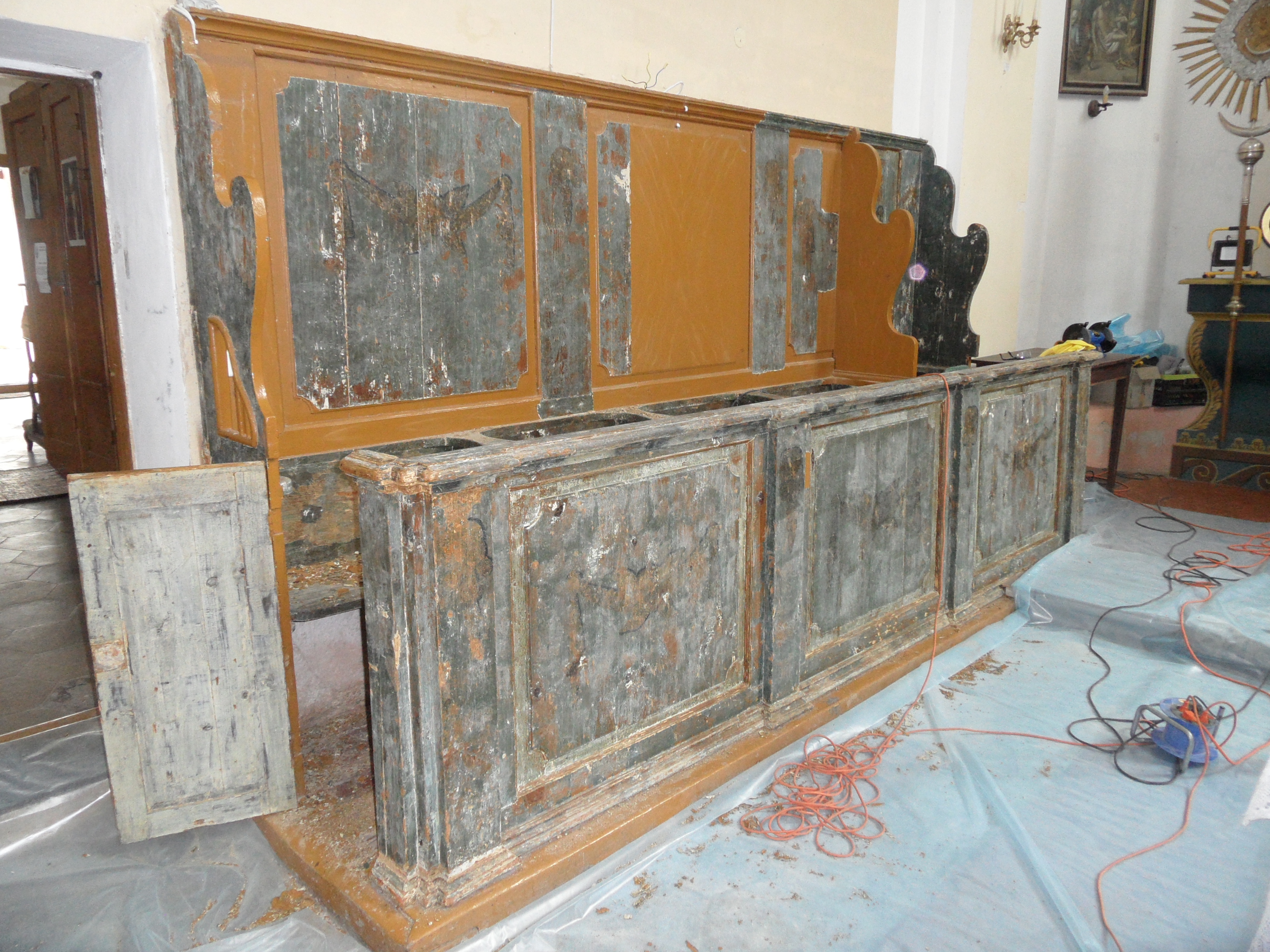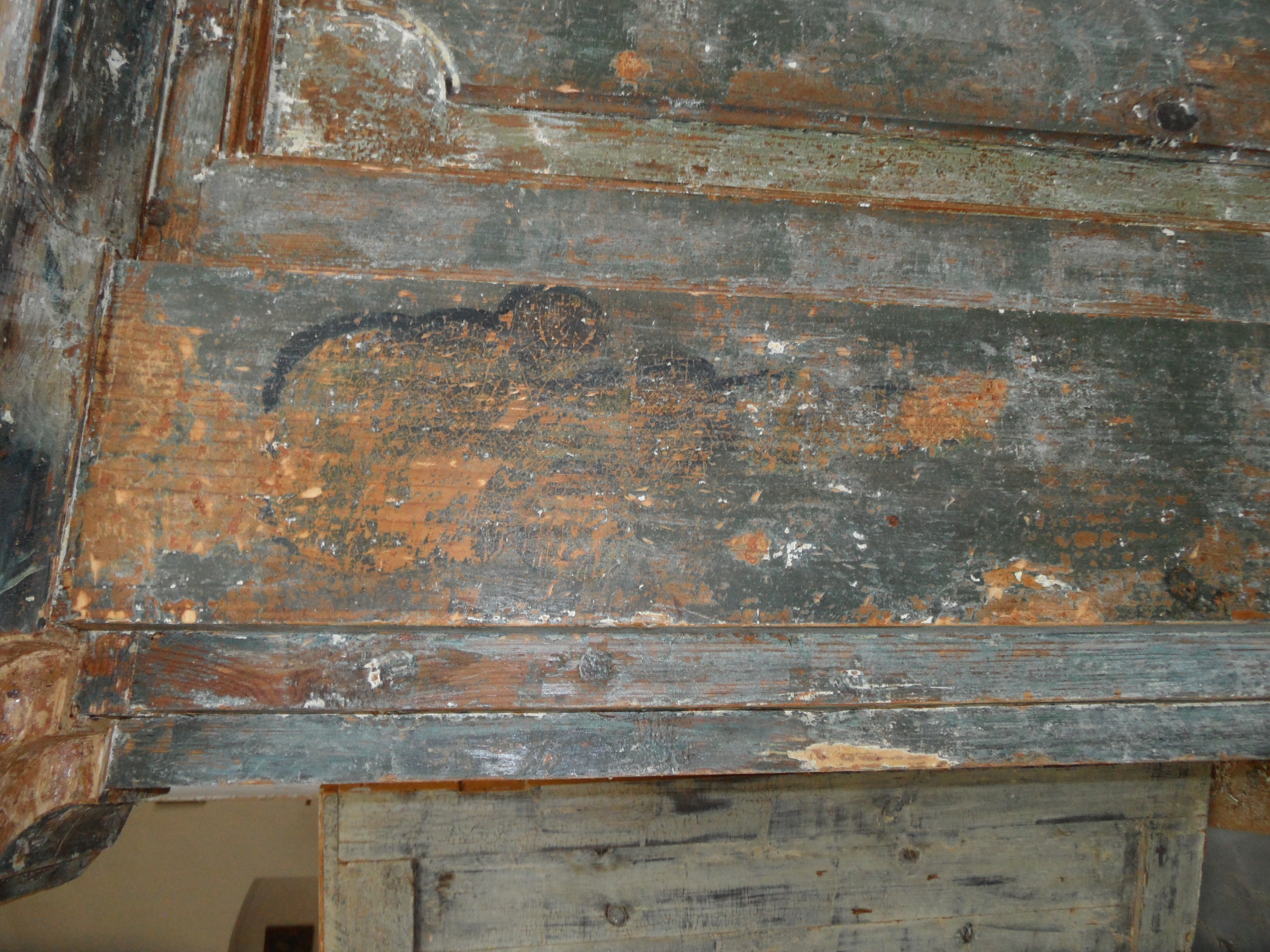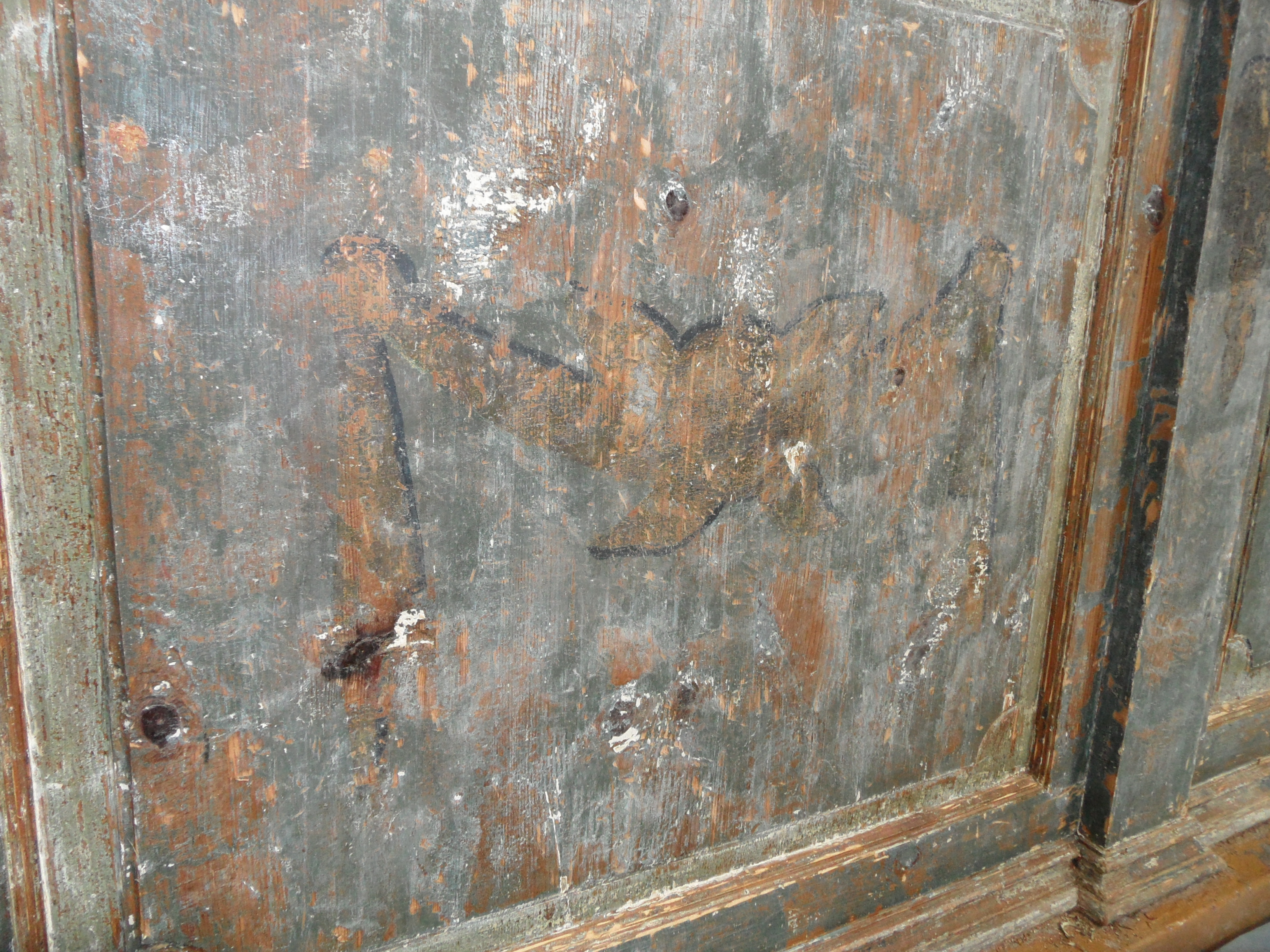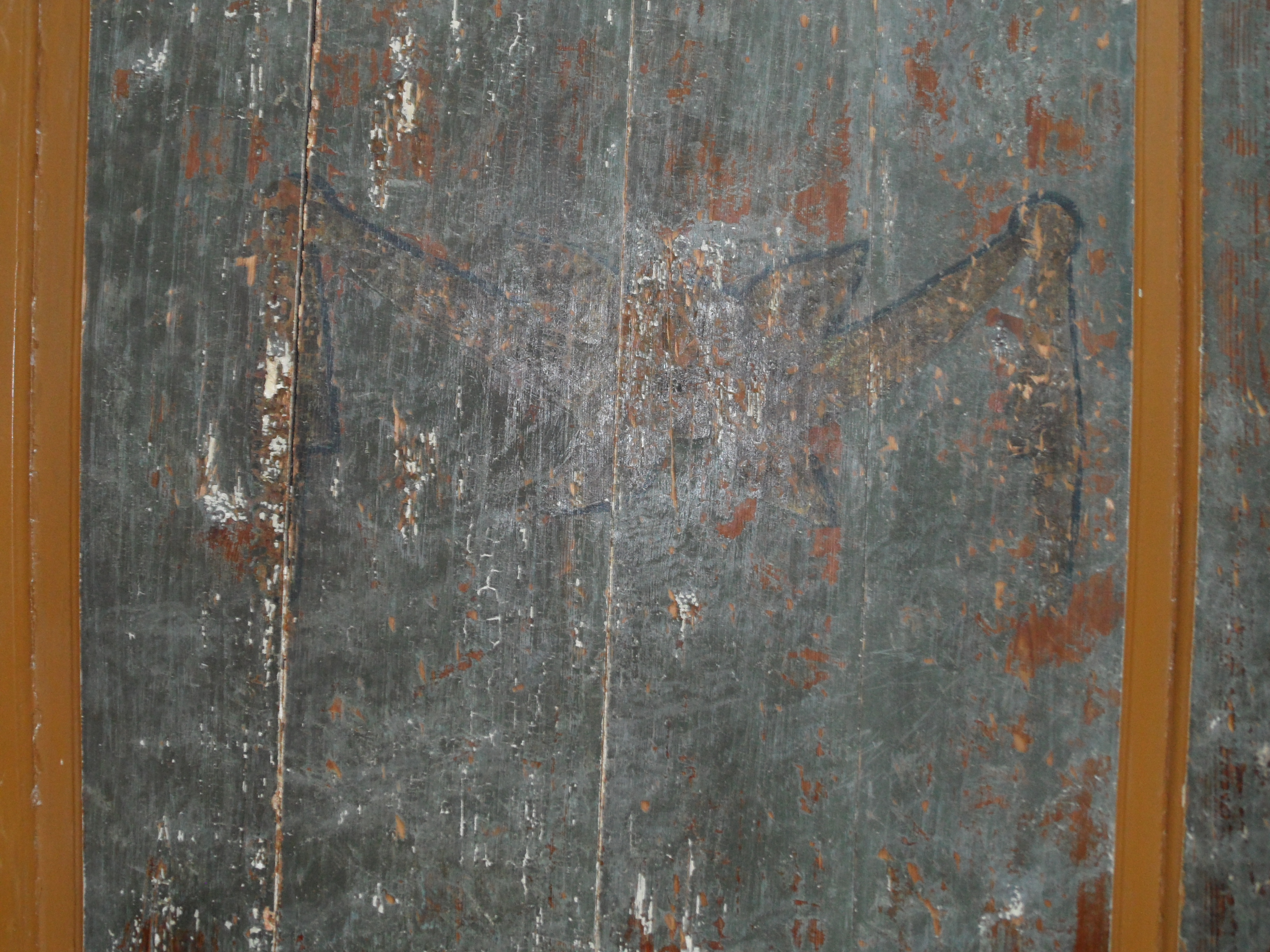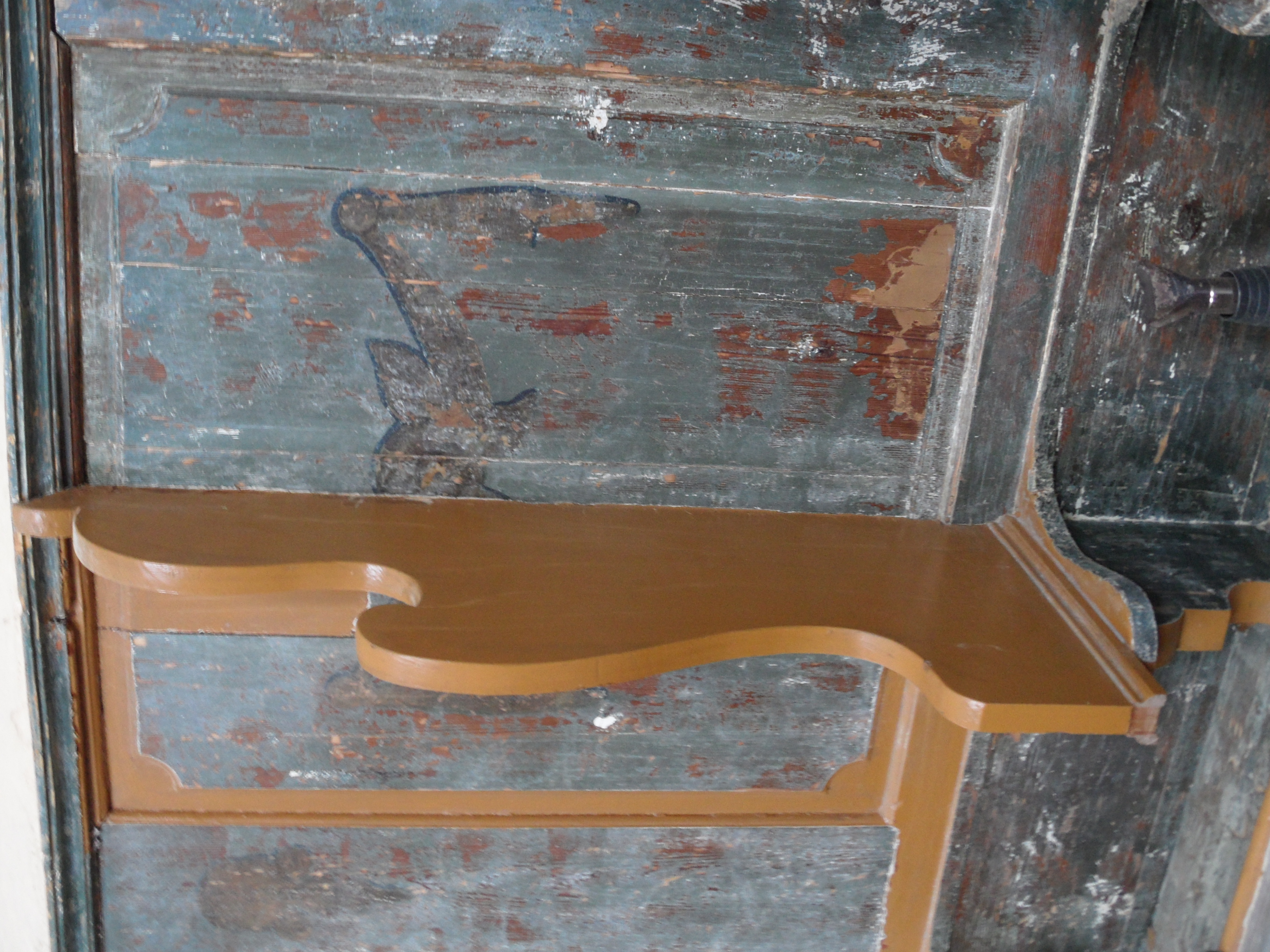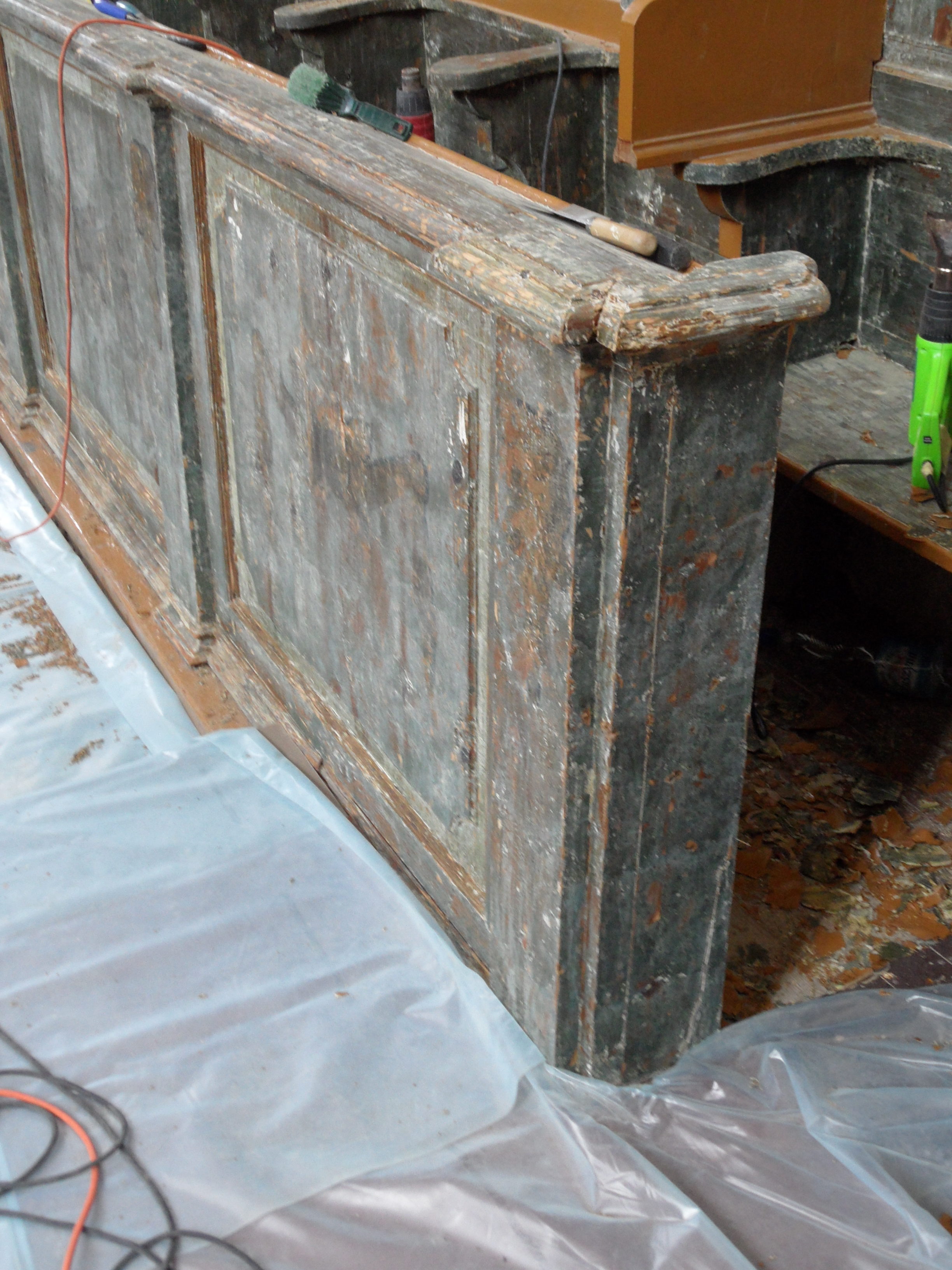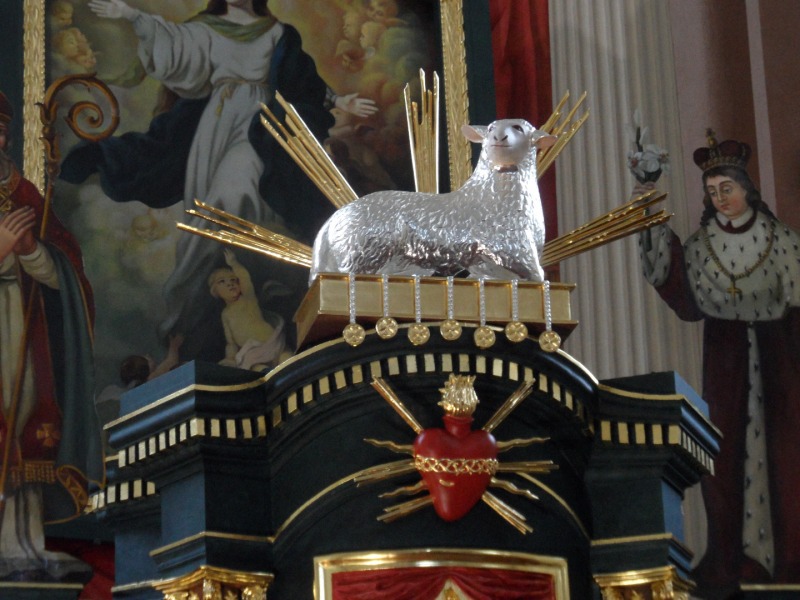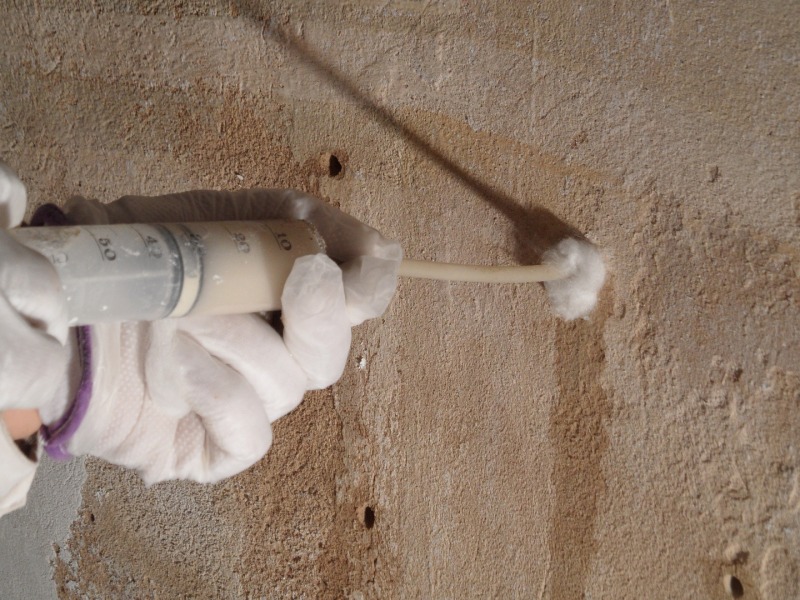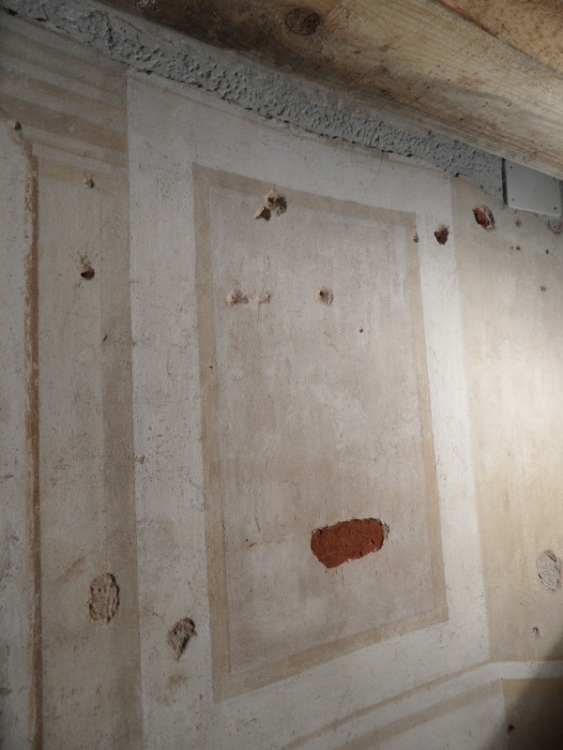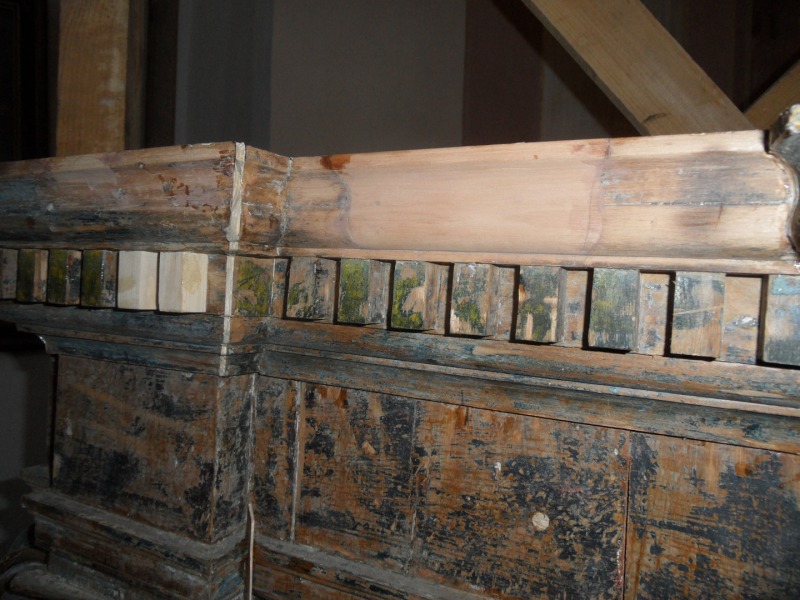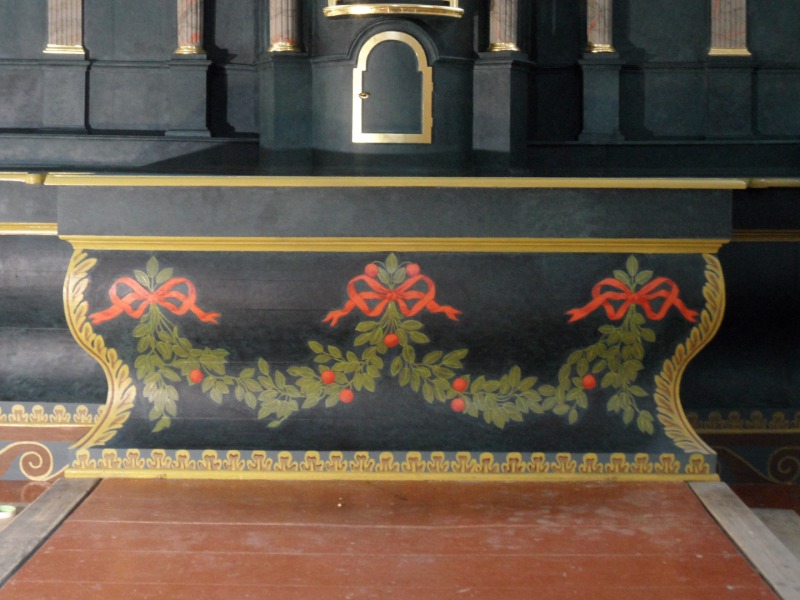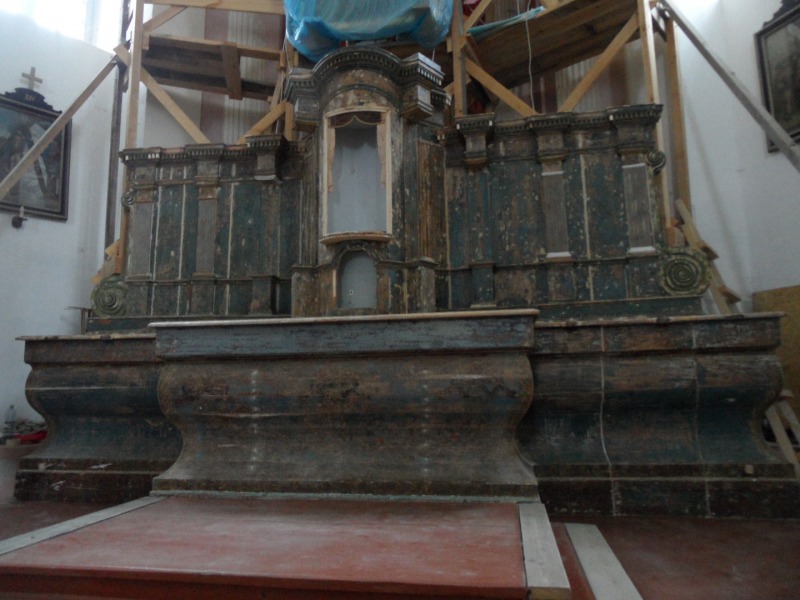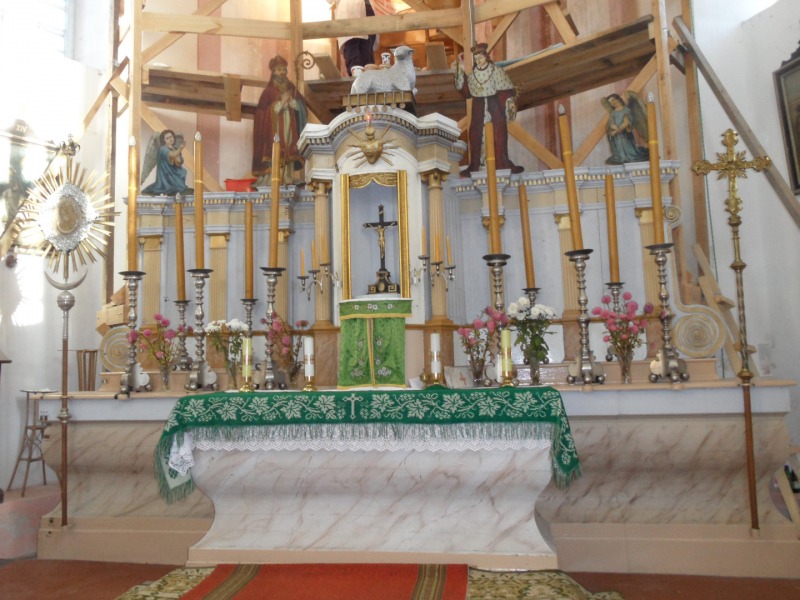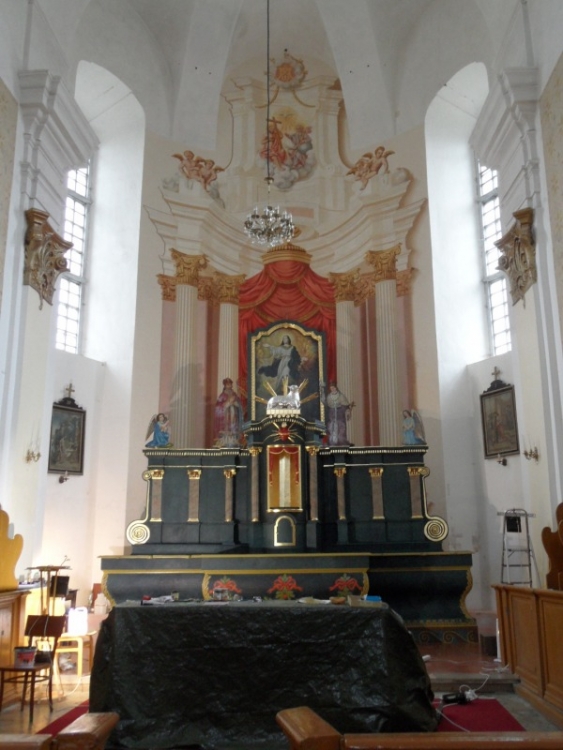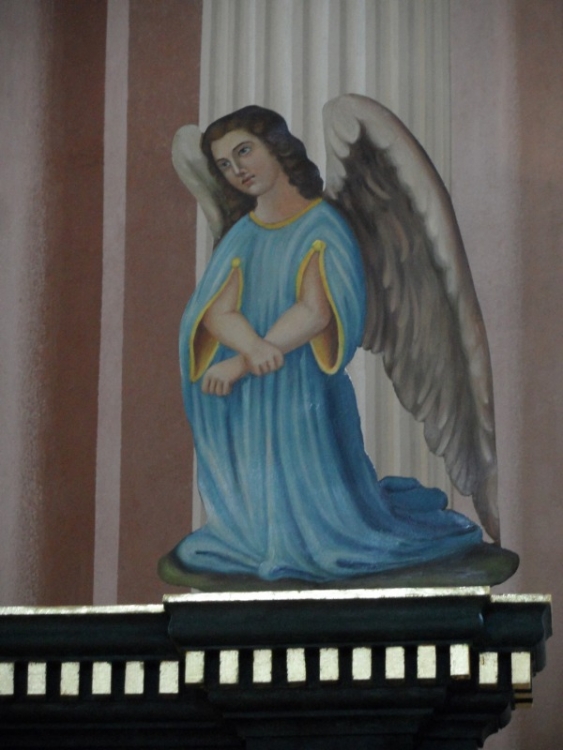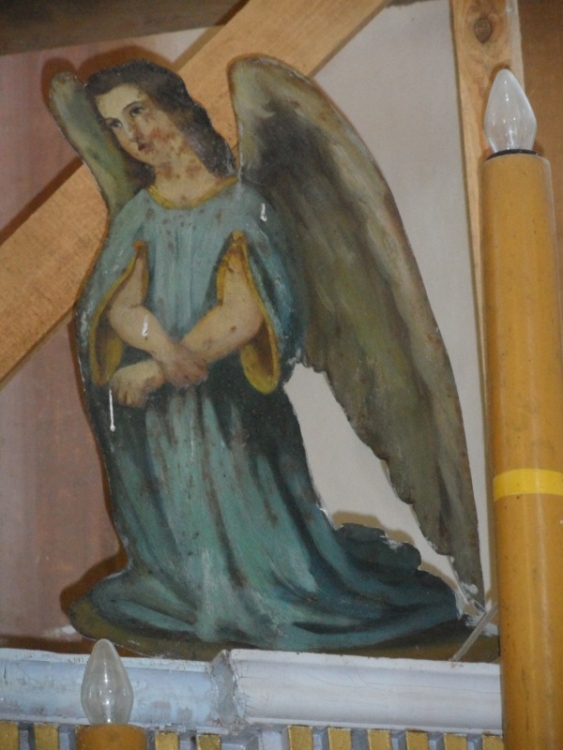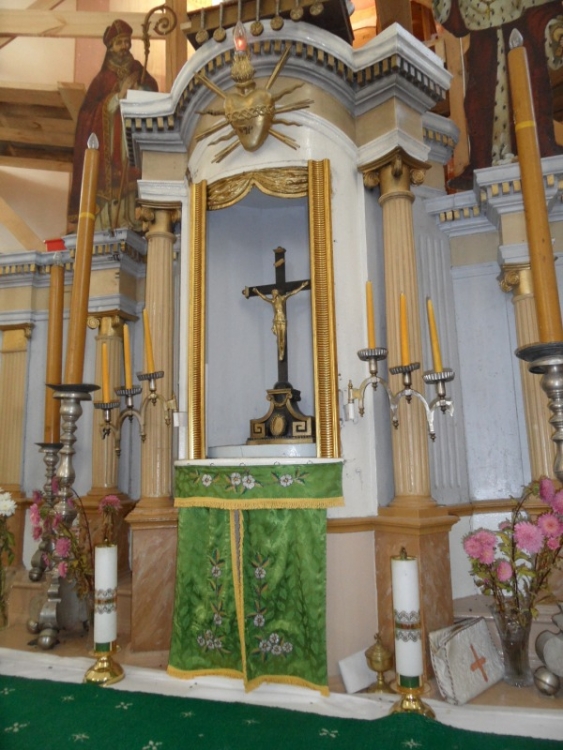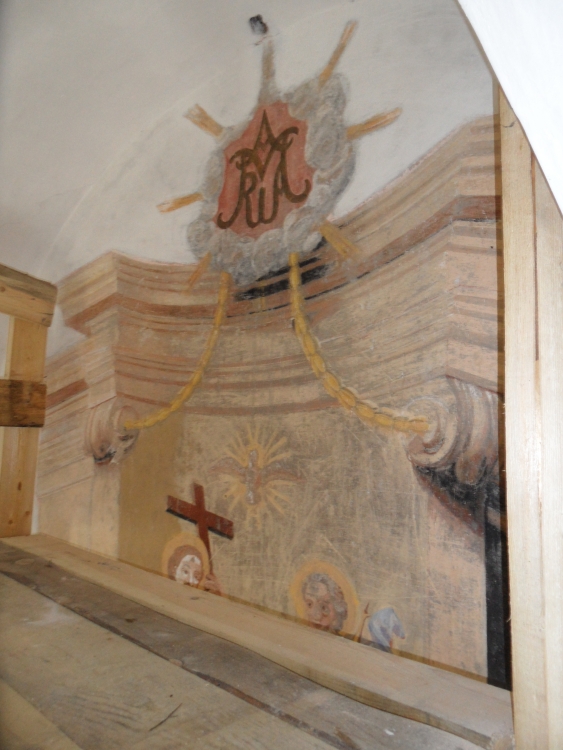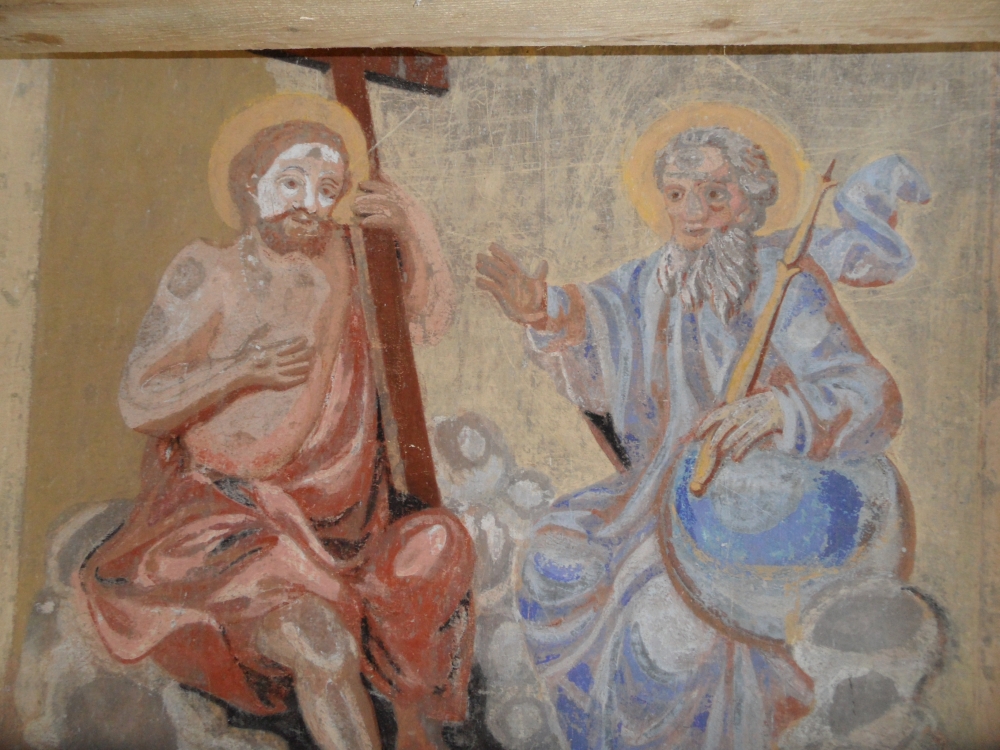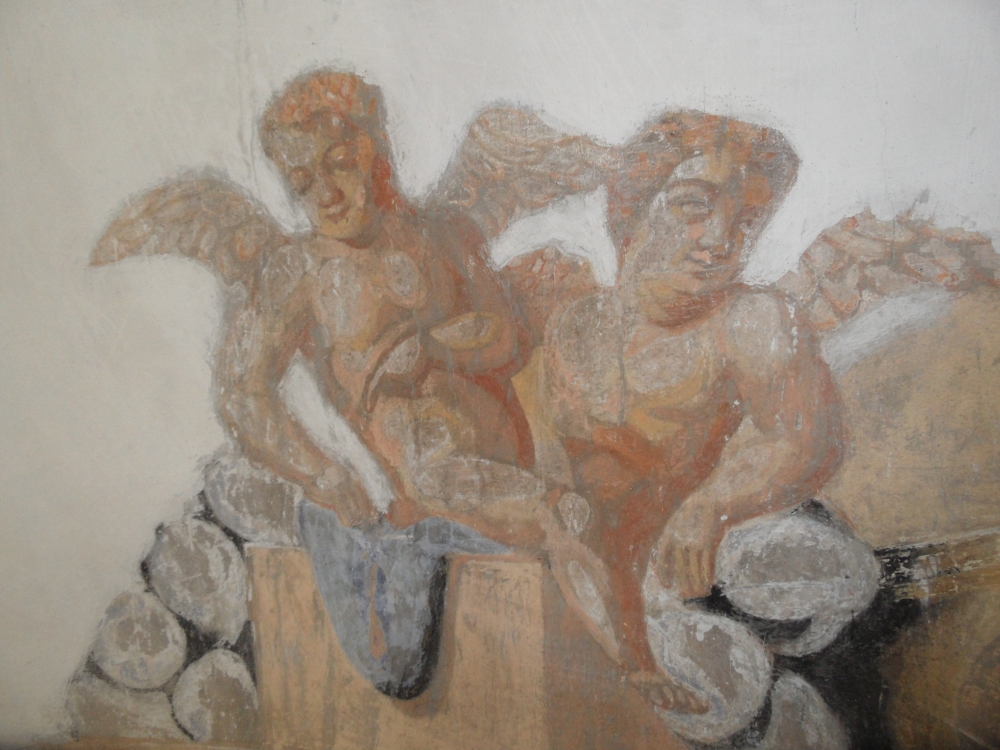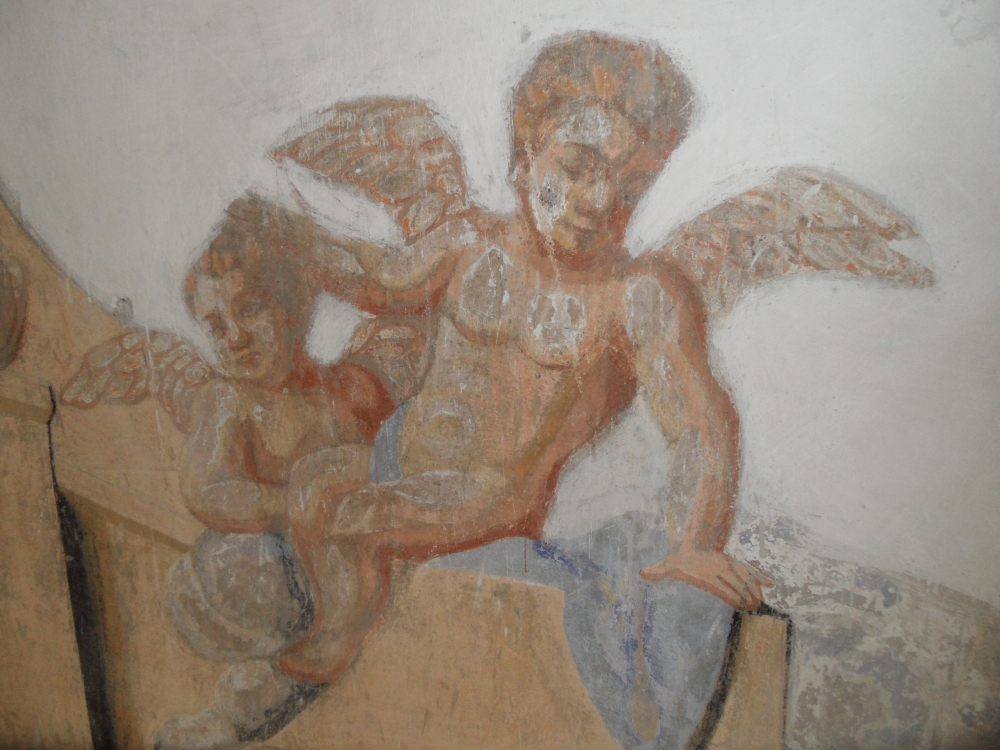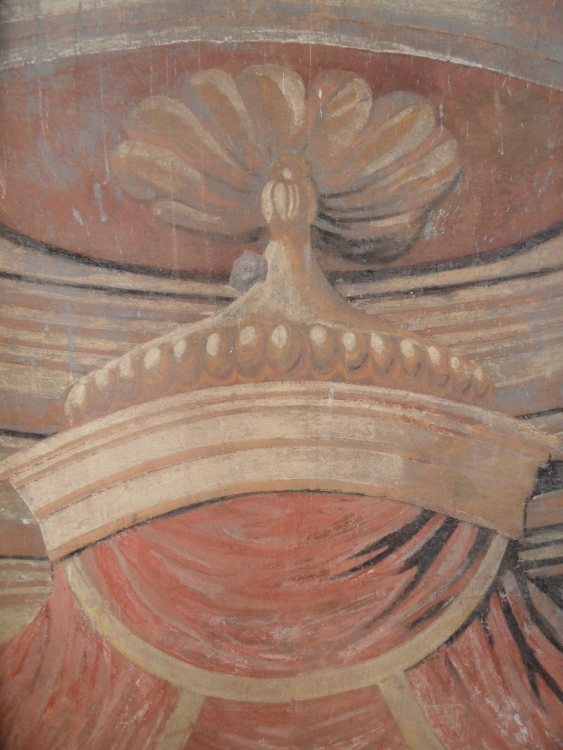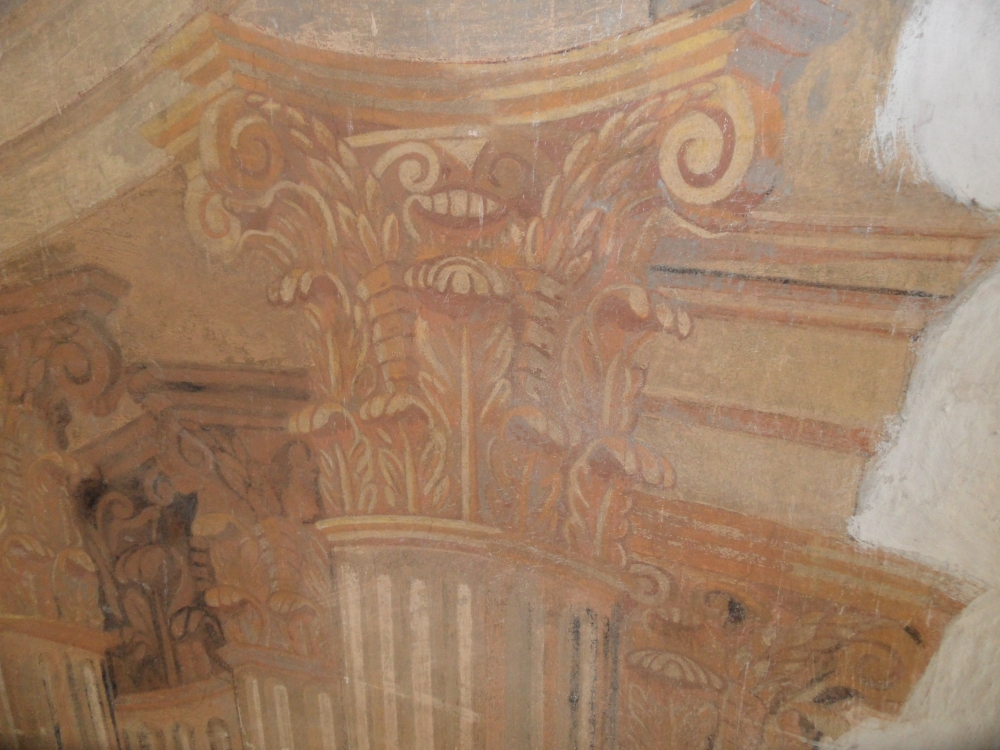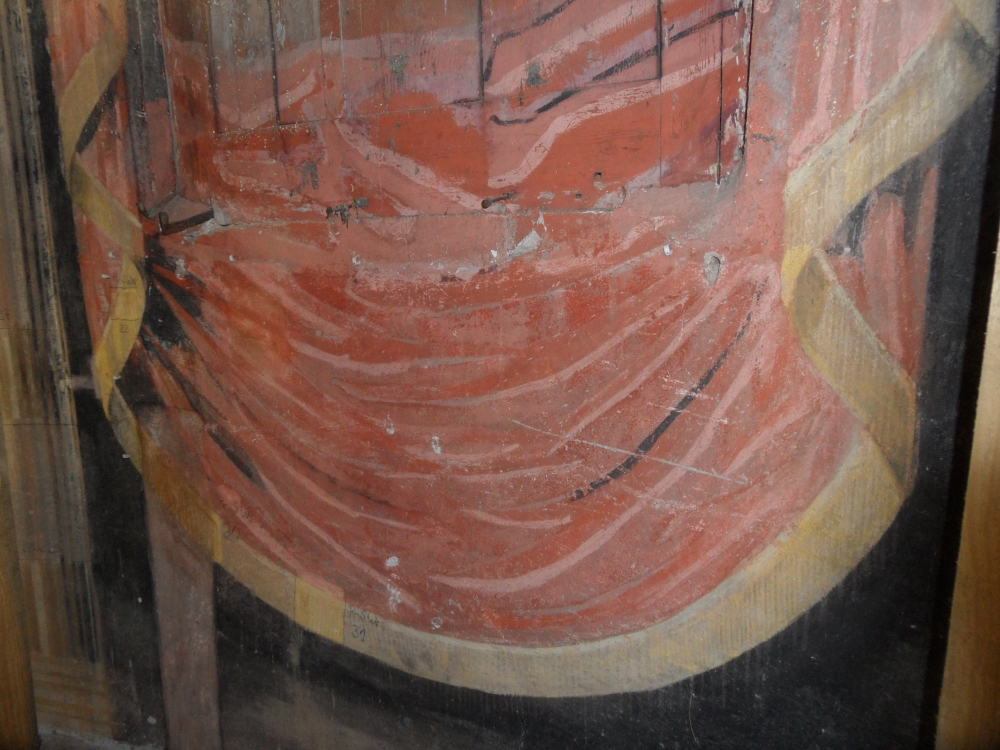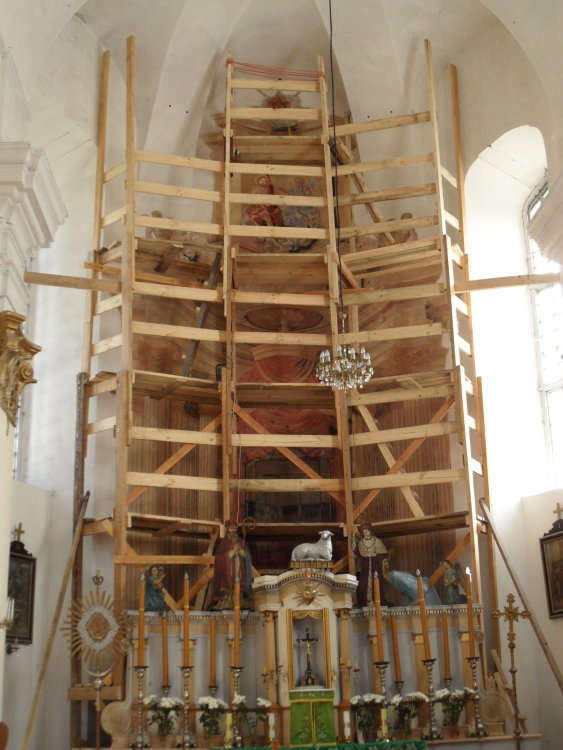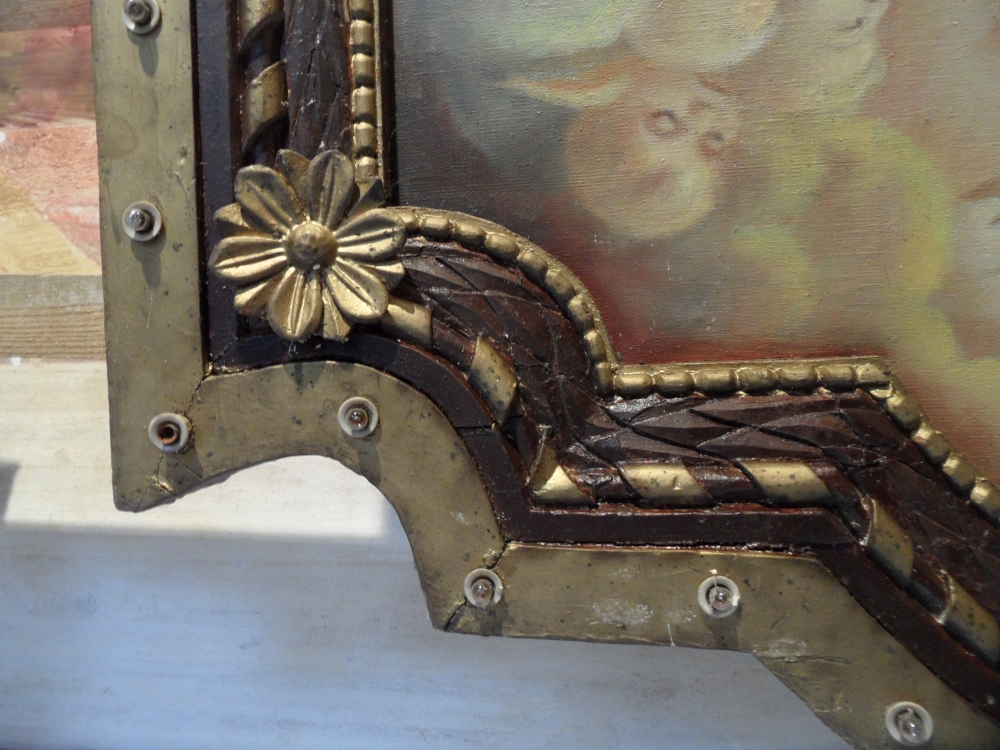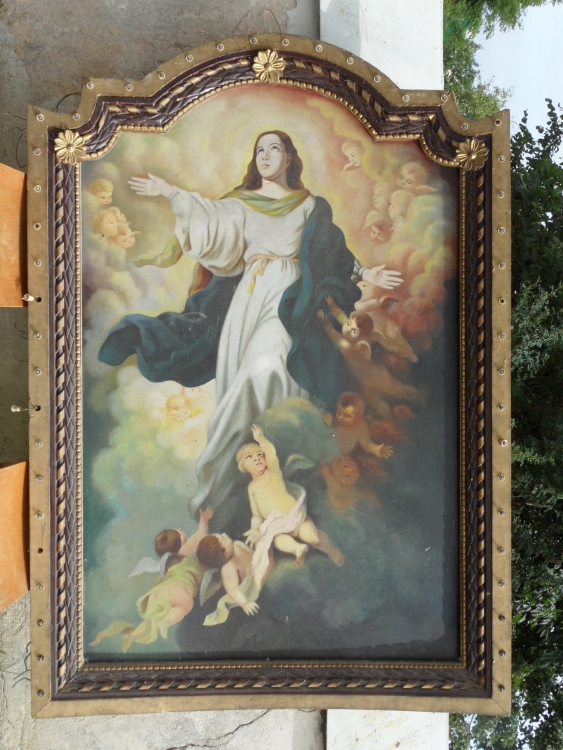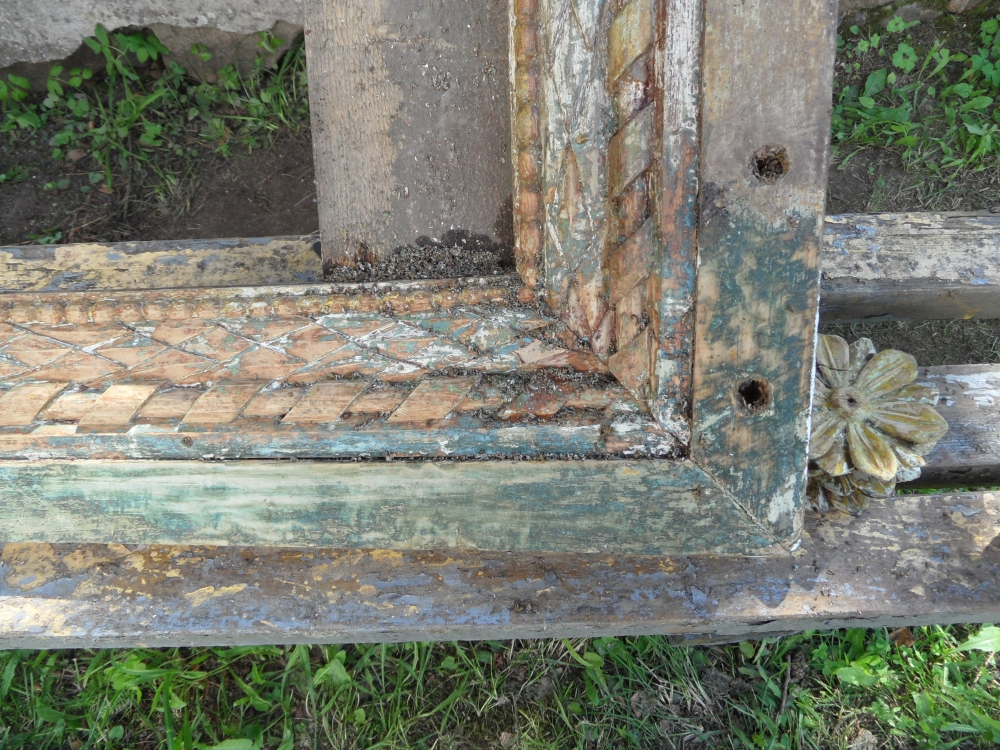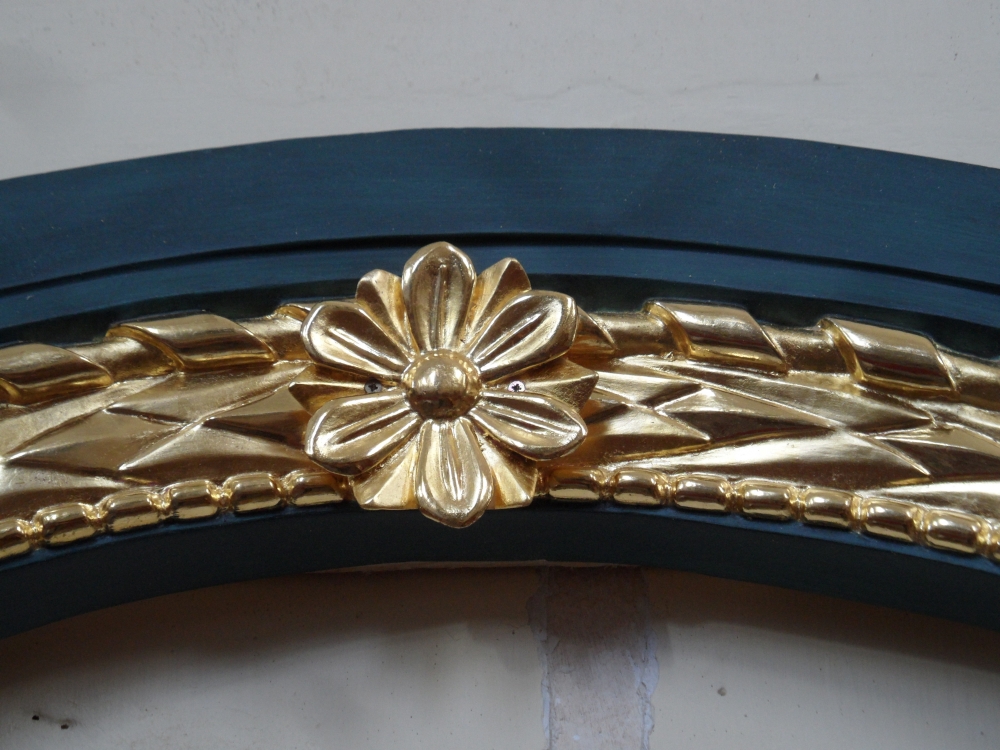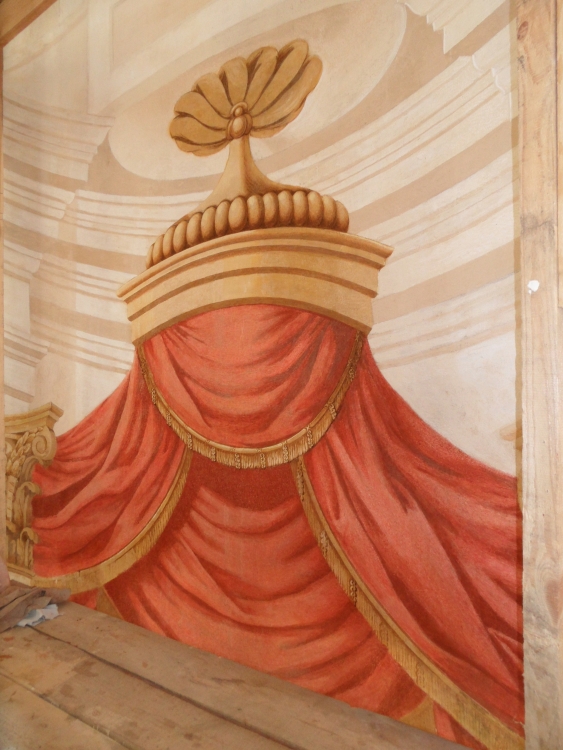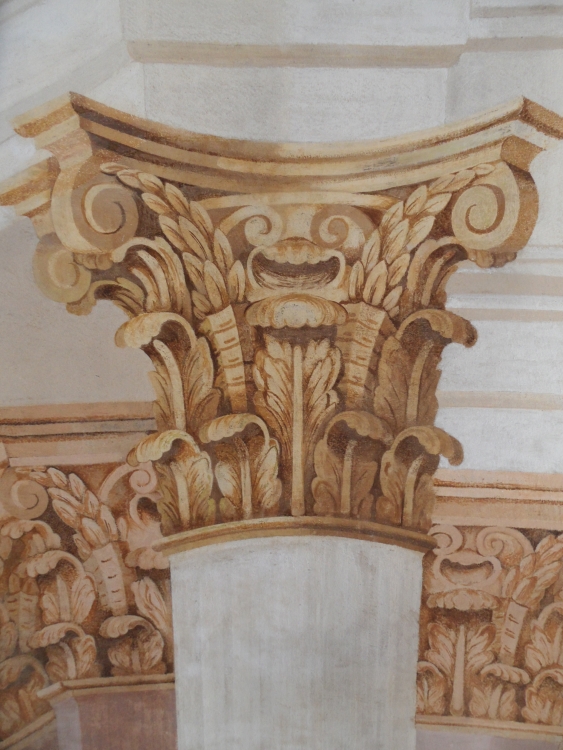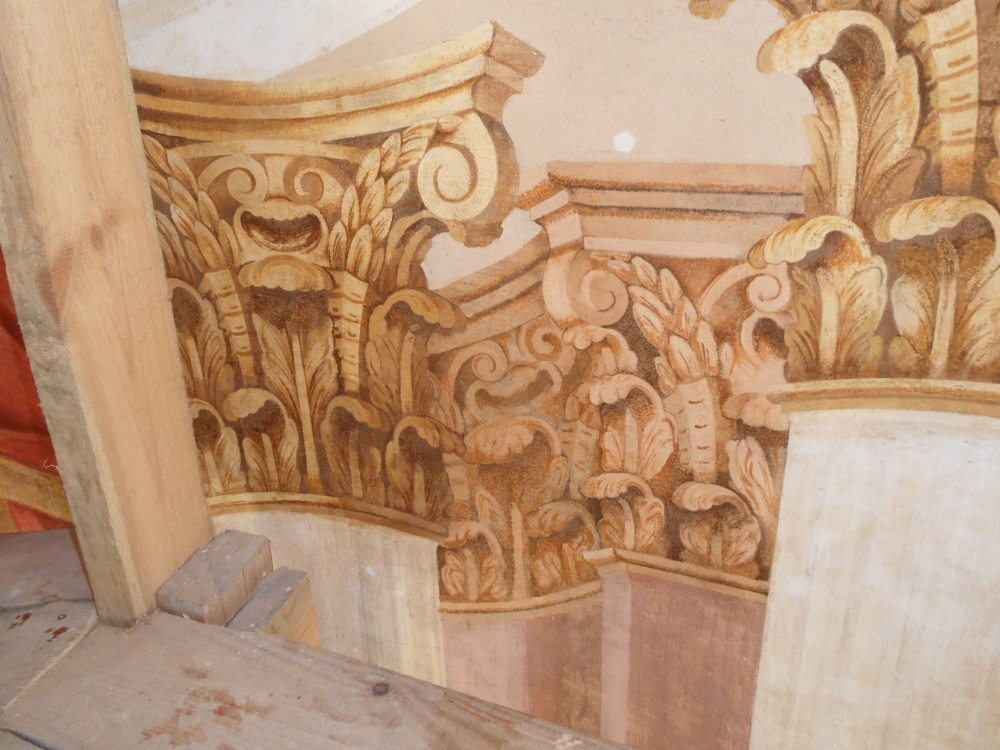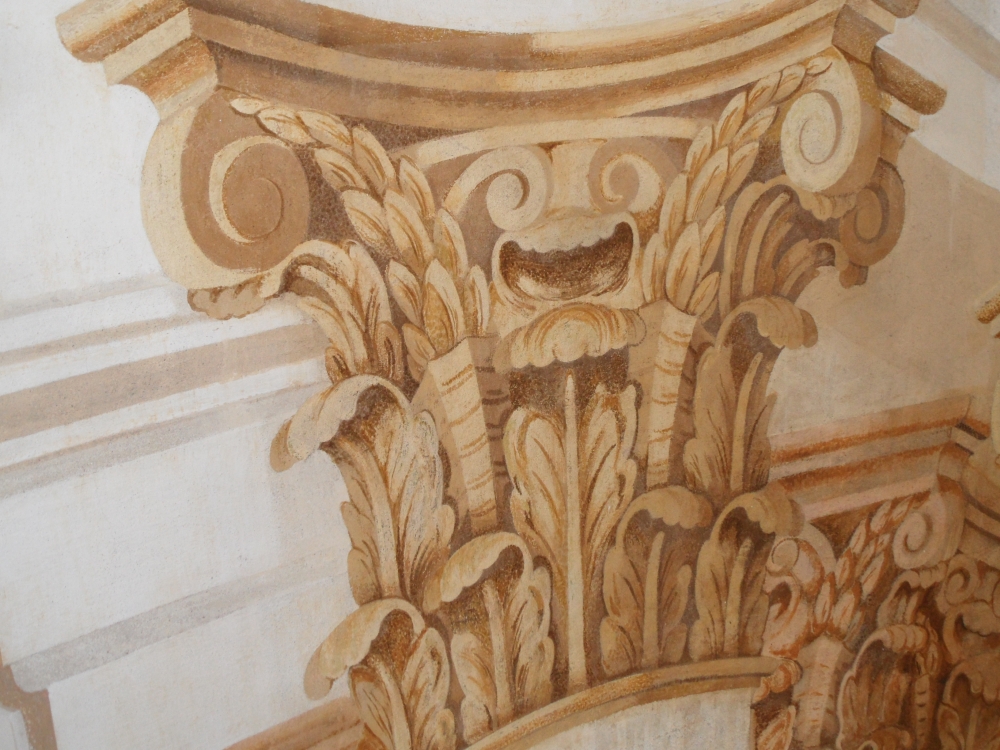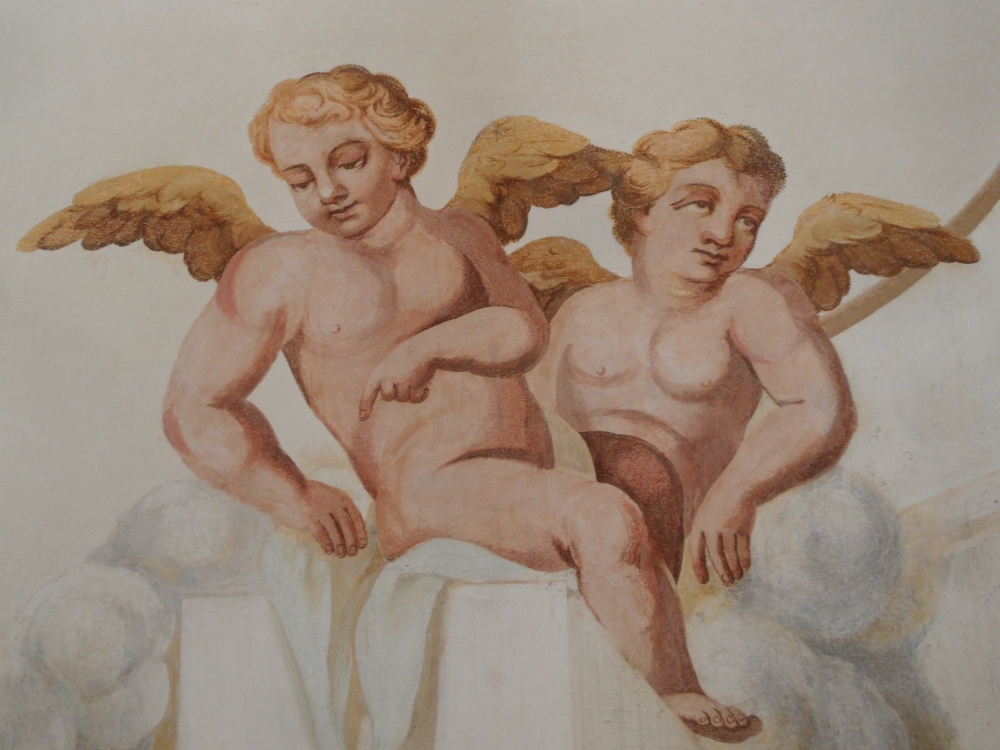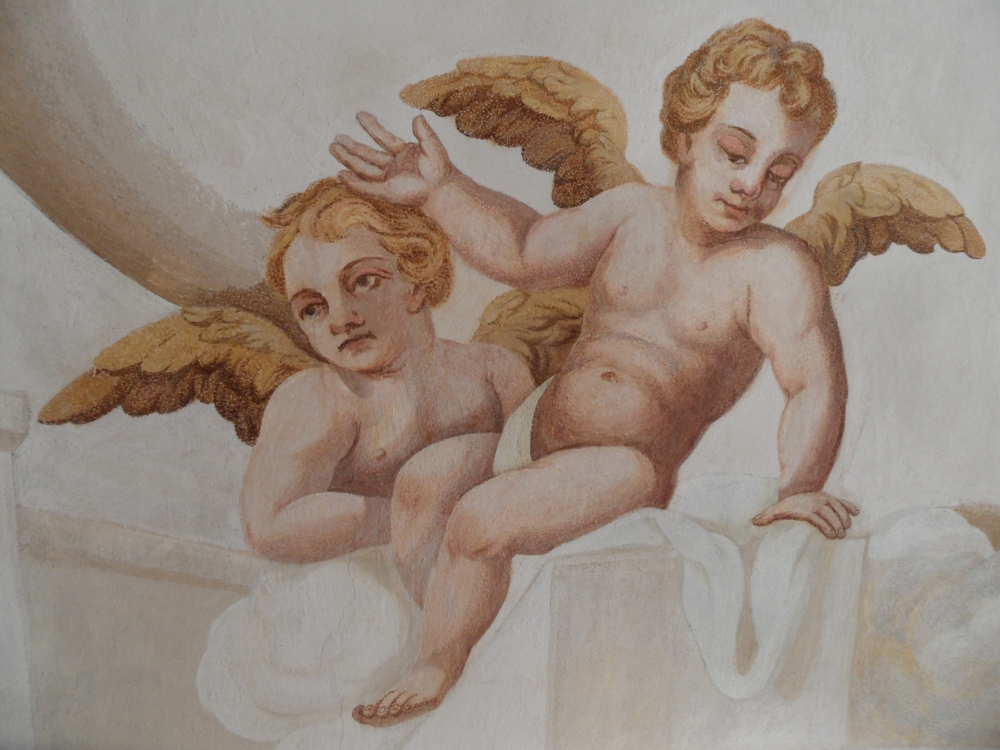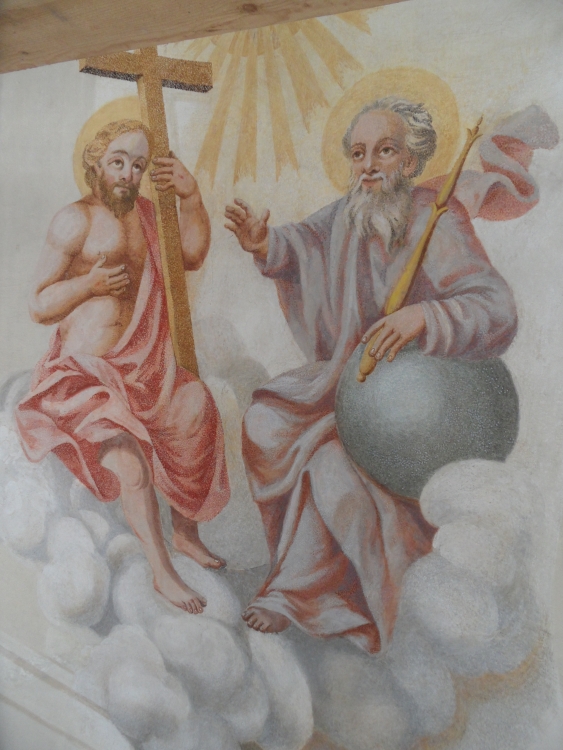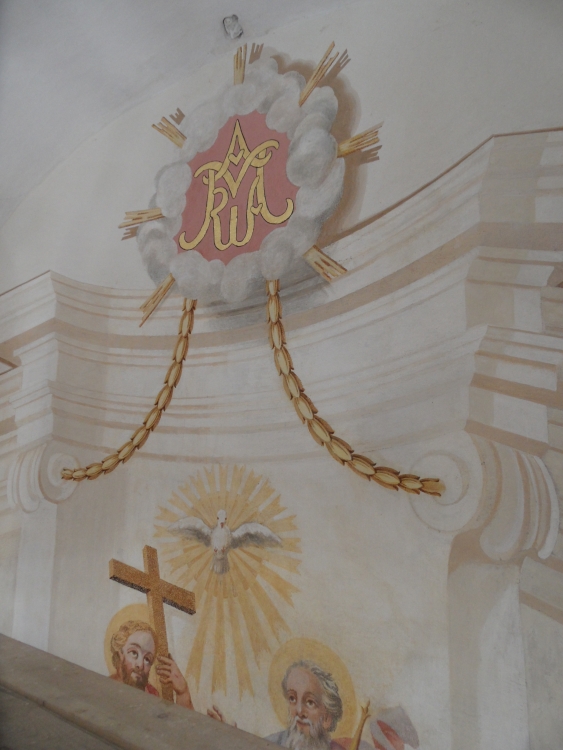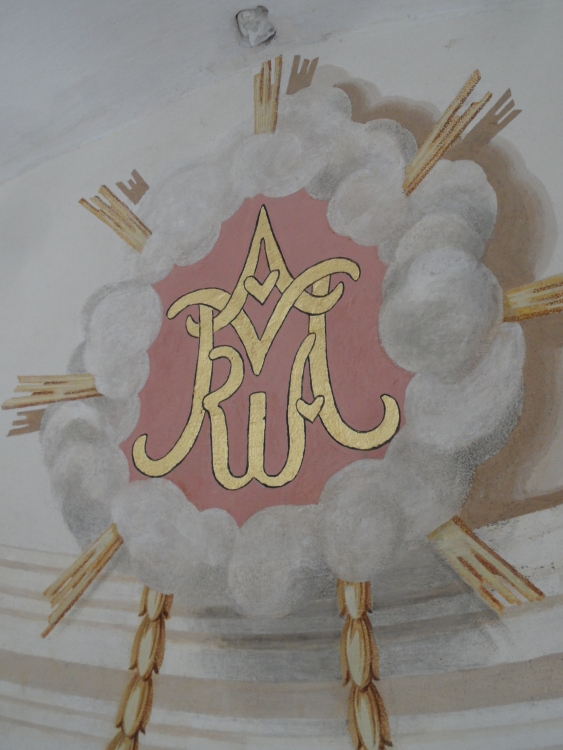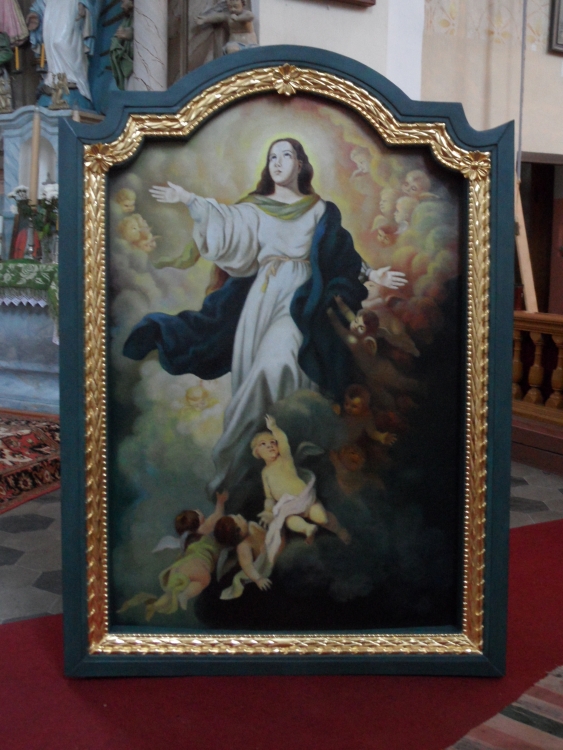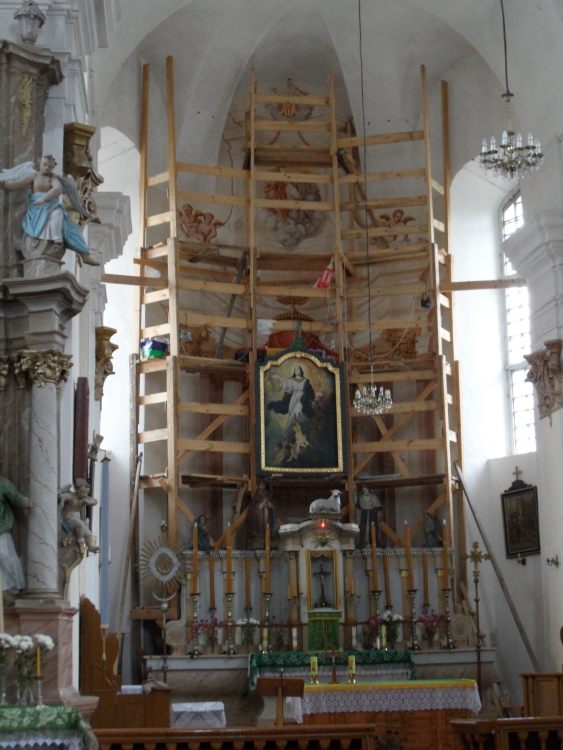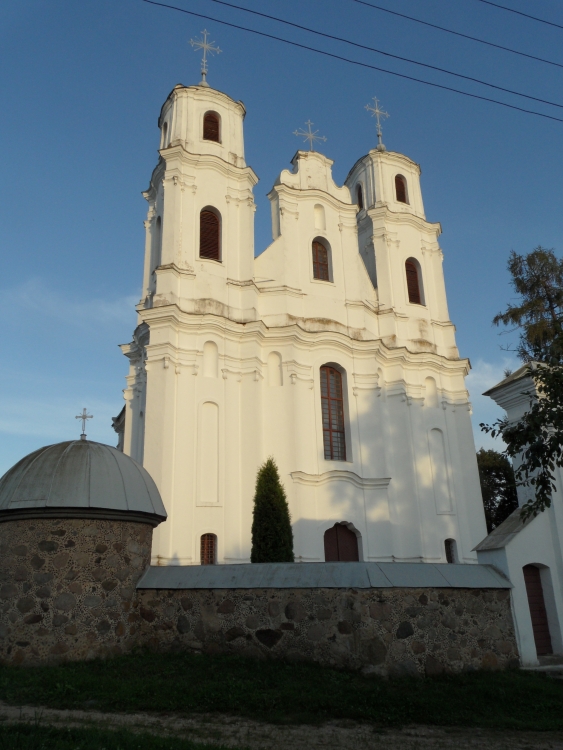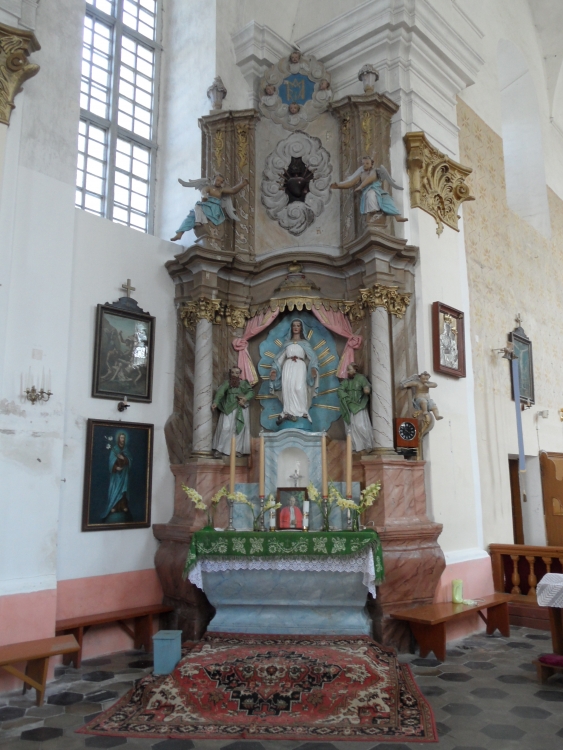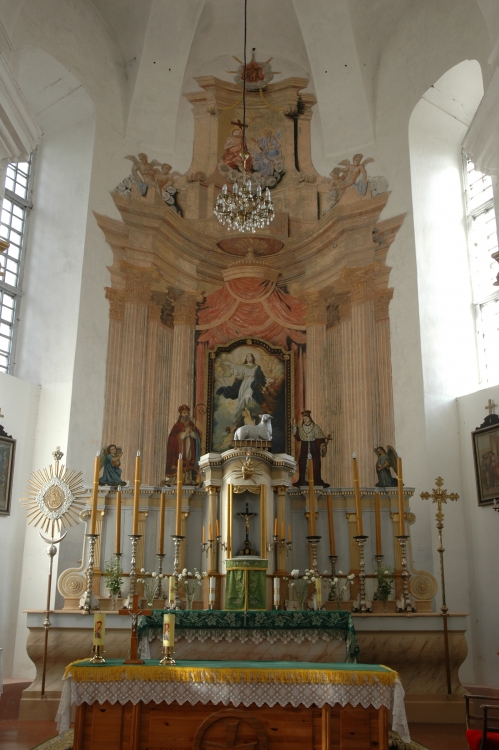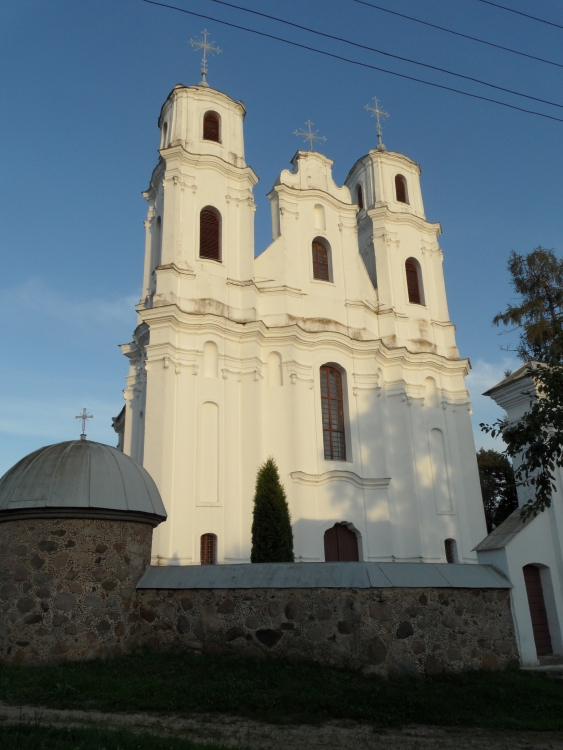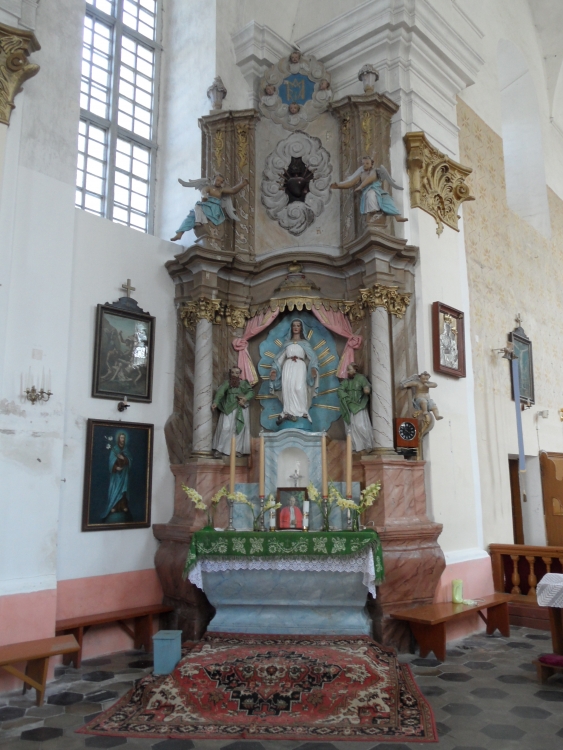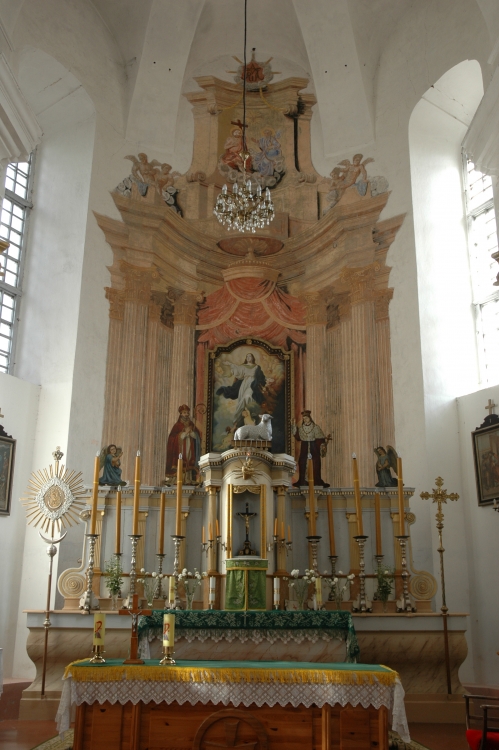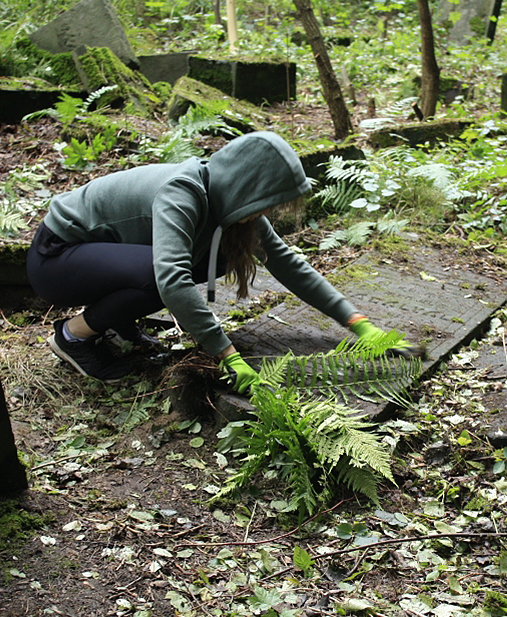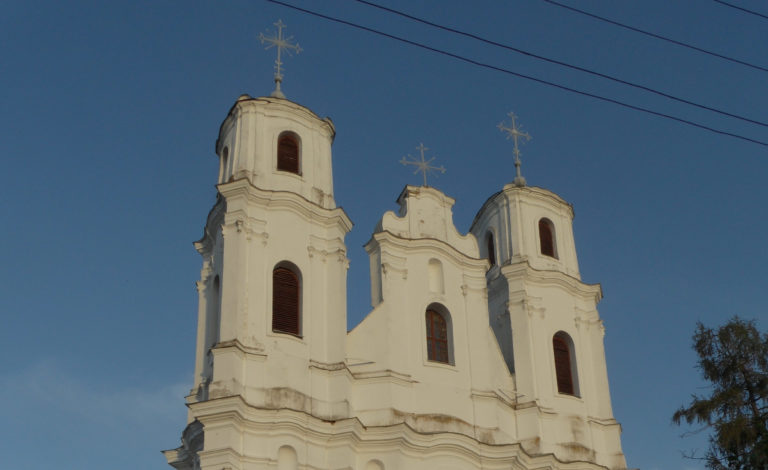o projekcie
The church in Piedruja was built in the period 1759-1774 on the initiative of a Vilnius canon named Karol Karp. It is assumed it was constructed based on a design by Antonio Paracco, the architect and constructor of nearby churches found in Druya and Krāslava. The church features a high altar from the 18thcentury – a unique example of illusionist painting used as a setting for the high altar, one-of-a-kind in the entire Latvia. The main part of this setting is occupied by a copy of Bartolomé Murillo’s painting, made in the 1930s. The architectural section of the altar comes with scenes painted on steel metal sheet, dating back to around 1900.
W 2019 roku polsko-łotewski zespół konserwatorów pod kierunkiem Tomasza Dziurawca przeprowadzi kolejny etap prac konserwatorskich w prezbiterium kościoła. Prace zostaną przeprowadzone przy stallach w prezbiterium.
Zadanie realizowane dzięki środkom Senatu Rzeczypospolitej Polskiej przyznanym Fundacji Dziedzictwa Kulturowego w ramach zlecenia zadań w zakresie opieki nad Polonią i Polakami za granicą w 2019 roku.
In 2017, the Polish-Latvian conservation team managed by Tomasz Dziurawiec completed another stage of conservation works carried out in the chancel of the church. The focus was on the lower part of the illusionist altar and the altar’s woodwork including the tabletop (mensa) and the tabernacle. Thus, the conservation of the high altar was finished.
The task was completed thanks to the Senate of the Republic of Poland’s funds granted to the Cultural Heritage Foundation as part of an order for supporting the Polish Diaspora and Poles abroad in 2017.
In 2016, the second stage of works performed in the church in Piedruja involved restoring the polychromes and gilding in the top part of the altar. The painting and its frame were conserved in the same year.
The works in question were managed by Tomasz Dziurawiec.
The project was completed thanks to the Senate of the Republic of Poland’s granted to the Cultural Heritage Foundation as part of an order for supporting the Polish Diaspora and Poles abroad in 2016.
The year 2015 was marked by the first stage of conservation works the illusionist high altar of the church was subject to. The task was carried out by a conservation team managed by Tomasz Dziurawiec.
The project was financed thanks to the Ministry of Foreign Affairs’ resources granted to the Cultural Heritage Foundation as part of the competition entitled “Cooperation with Polish Diaspora and Poles Abroad in 2015”.
In 2014, the wall paintings inside the church were subject to a comprehensive survey. The illusionist works of art decorating the chancel were partially examined. There were also test cuts made in selected parts of the entire building. The findings of the performed comparative analysis led to a reasonable and much justified assumption that the author of the painting accompanying the altar, stretching across 65 sq m, was Filippo Castaldi, a painter affiliated with the Plater family, author of e.g. the frescos found in the Church of St Louis in Krāslava. Establishing the authorship of the paintings was merely the first stage of the Foundation’s activities undertaken in Piedruja. The plan for the following year was to subject these historic works of art to comprehensive conservation.
The survey works were carried out by a conservation team managed by Tomasz Dziurawiec.
The task was carried out thanks to the Minister of Culture and National Heritage’s funds granted to the Association of Academic Traditions (the Foundation’s partner) as part of the “Cultural Heritage” programme, priority: “Protection of Cultural Heritage Abroad”.
